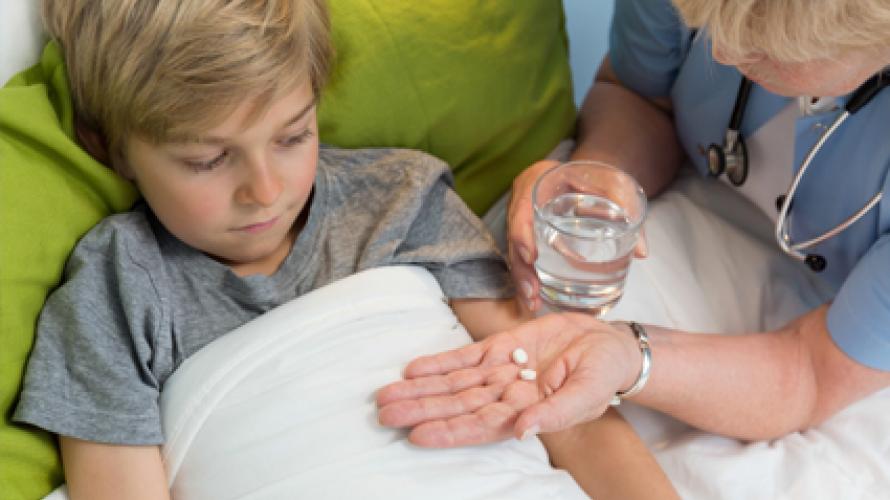
What is the study about?
This study tested how effective the medication propranolol is in treating children with major burn injuries. Researchers looked at whether propranolol can help reduce problems with the functioning of body systems and organs caused by burn injury. The study tested the effectiveness medicine in children in the intensive care unit (ICU) and children one-year post-injury.
What did the study find?
During the acute phase, propranolol can help reduce the hyper-metabolic response rate in burned children. Propranolol works by decreasing the resting heart rate by 15-20% and reducing heart work over time. The investigators also found that children receiving propranolol lost less muscle and bone, and had fewer fat abnormalities during the treatment period. Some aspects of the hyper-metabolic state were improved during propranolol treatment but had not returned to normal levels by the end. The results suggest that larger doses of propranolol, possibly given for longer periods, may improve responses more.
Who participated in the study?
Study subjects were children with burns 30% or more of their total body surface area. During the first stage of acute study, forty patients were evaluated. During the next stage, 22 patients received propranolol. In the final stage of the acute hospitalization study, 406 severely burned children were randomly assigned to receive or not receive propranolol therapy.
How was the study conducted?
There were 3 phases to the study. This allowed researchers to look at many outcomes at different treatment stages, both short and long-term. The initial acute stage (n= 40) studied the effects of propranolol during acute hospitalization. For 5 days, propranolol was administered at a dose of 2 mg/kg/day. During the second acute stage (n= 22), researchers administered propranolol every 8 hours for 10 days to reduce heart rate by 10 to 20%. In the final stage of the acute study, researchers administered propranolol within 24-72 hours of patient admission until they left the hospital.
The final stage of this study evaluated the effects of propranolol for one year post-burn. Researchers started propranolol treatment within 3±2 days of admission. The intervention group received propranolol administration (~4 mg/kg/d) to reduce heart rate by 15%.
Reference
Finnerty, C. C., & Herndon, D. N. (2013). Is propranolol of benefit in pediatric burn patients? Advances in surgery, 47, 177.